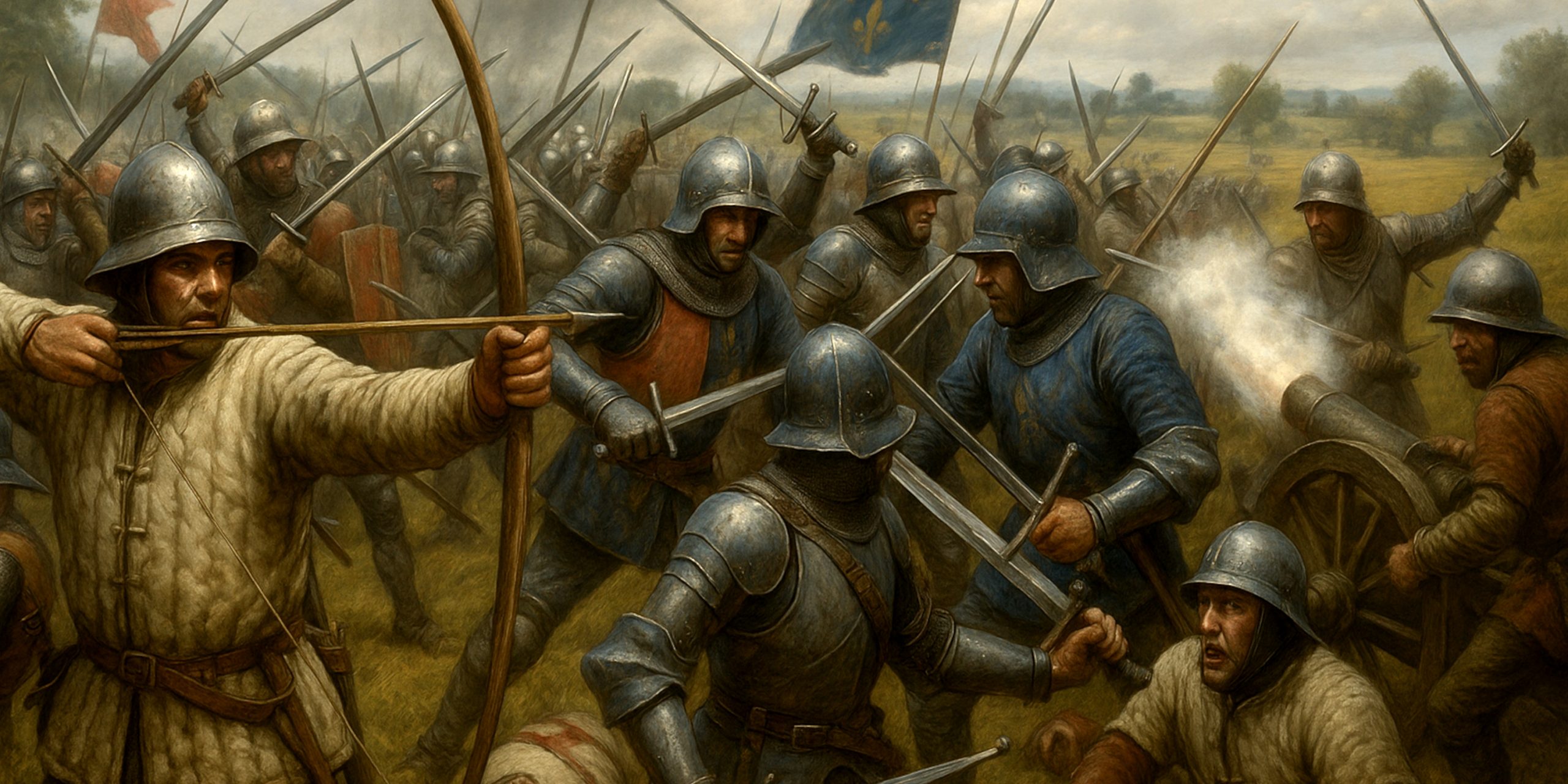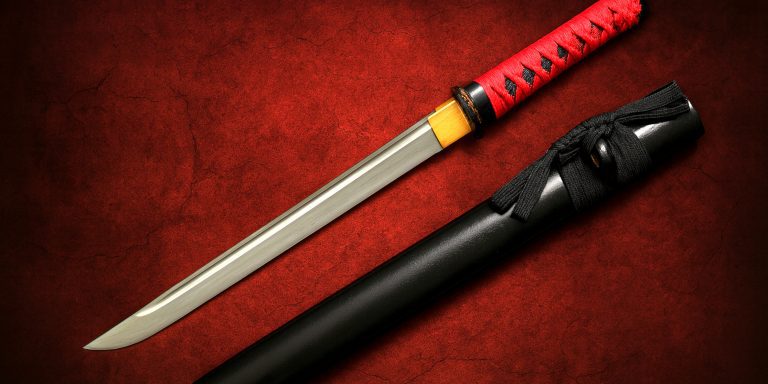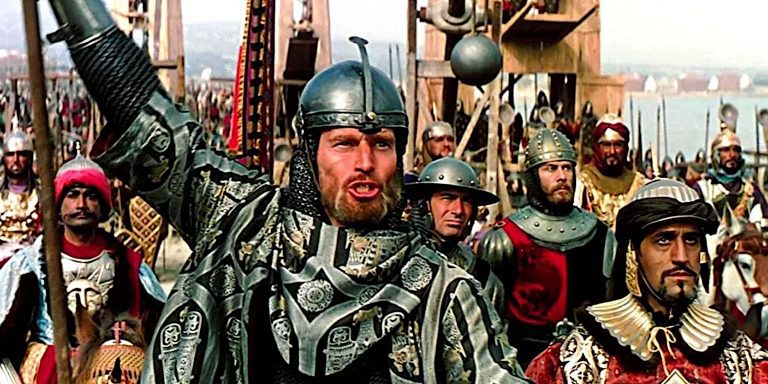
A decisive clash near the end of the Hundred Years War, Formigny sits in that odd corner of fifteenth-century warfare where old habits met new firepower. The English longbow could still frighten anyone with sense, yet French tactics had shifted, French confidence had grown, and French gunners were beginning to make their presence felt. The field in Normandy told its own story, and it was not a comforting one for England.
Formigny was fought on 15 April 1450. It marked the collapse of the English position in Normandy. For a historian, it offers a satisfying mix of traditional arms, early artillery, brave but occasionally questionable decision making, and a sense of inevitability that probably kept English commanders awake long after the dust settled.
Foces
A quick overview of who actually turned up.
English Forces
- Commander, Sir Thomas Kyriell
- Strength, roughly 3,500
- Composition, veteran archers, billmen, small mounted element
- Position, defensive formation north of Formigny
French Forces
- Commanders, Jean de Clermont and Arthur de Richemont (Constable of France)
- Strength, roughly 4,000 to 5,000
- Composition, men at arms, mounted and dismounted, crossbowmen, artillery, Breton reinforcements under Richemont
- Position, initial frontal engagement by Clermont, later flanking assault by Richemont
Leaders and Troop Composition
The shape of the armies in a clean table.
English Army
| Component | Estimate | Notes |
|---|---|---|
| Archers | 2,000 | Core English strength, deployed forward |
| Billmen | 1,200 | Formed defensive blocks |
| Men at arms | 300 | Mostly dismounted |
| Mounted troops | Small | Used for scouting and later attempts to reposition |
French Army
| Component | Estimate | Notes |
|---|---|---|
| Men at arms | 2,000 | Heavily armoured |
| Crossbowmen | Several hundred | Mixed urban and mercenary groups |
| Light cavalry | Several hundred | Useful for pressure and pursuit |
| Artillery crews | Small but decisive | Two field guns under Clermont |
| Breton reinforcements | Around 1,500 | Arrived with Richemont and turned the battle |
Arms and Armour
Both sides carried weapons that still belonged to the medieval world, although the French were experimenting with new firepower.
English Equipment
- Longbows, yew bows capable of heavy draw weights, still fearsome in volleys
- Bills, hooked polearms for close melee
- Swords, arming swords with straight blades, simple crossguards
- Armour, brigandines, mail, some plate on the more senior men
French Equipment
- Swords, arming swords and the heavier estocs, ideal for thrusting into gaps in English armour
- Lances, used by men at arms when mounted
- Crossbows, useful for sustained pressure
- Early field artillery, small breech-loading guns, notable for cracking the English line
- Armour, more extensive plate among the nobility
History and Course of the Battle
Kyriell’s English army had marched inland after landing at Cherbourg. The intention was to reinforce remaining English garrisons in Normandy, but the French were having none of it. Clermont shadowed the English, harassing their progress. When Kyriell halted near Formigny, Clermont moved to fix him frontally.
The French opened with artillery, which caused more irritation than carnage but forced the English to advance and silence the guns. This worked, briefly, although it left the English line exposed. The fight became a long struggle, the sort that English infantry usually enjoyed. Then Richemont arrived from the east and hit the flank with an enthusiasm that suggested he had been waiting to do this for years.
The English line buckled, then collapsed. Horsemen rode down fleeing soldiers while French infantry pressed relentlessly. By evening, the English position in Normandy was effectively finished.
Battle Timeline
Early morning
English troops form a defensive position north of Formigny.
Late morning
Clermont opens fire with two field guns. English archers advance and overrun the guns.
Midday
Heavy fighting along the line. English appear to stabilise the situation.
Afternoon
Richemont arrives with Breton forces, strikes the English right flank.
Late afternoon
English line collapses, pursuit begins.
Evening
French secure the field. English losses are severe.
Archaeology
The Formigny battlefield has not produced dramatic treasure, but finds of arrowheads, crossbow bolts, and fragments of armour confirm the positions described in contemporary accounts. The landscape still reflects the gentle slopes that affected movement on the day. Excavations in the wider area have also uncovered fifteenth-century material from the rout, including discarded gear that suggests a hurried flight rather than an orderly withdrawal.
Contemporary Quotes
Jean de Wavrin, an English chronicler with a remarkable gift for understatement, wrote that the battle was lost because the English were caught between two forces, something he suggests was rather unfair.
A French account recorded that Richemont’s men advanced with such force that the English line was “broken like a pot dropped on stone”. A historian might politely call this an embellishment, though one imagines the English did feel rather like pottery at that moment.
Legacy
Formigny closed the door on English ambitions in Normandy. With the region lost, Calais remained the last English foothold on the continent. French confidence surged, and the war’s final years followed a similar pattern, English forces gradually pushed out until the conflict ended in 1453.
Where to See the Battlefield
Formigny lies in Normandy, north of Saint Lô, and the field remains accessible. A memorial marks the site, surrounded by farmland that still resembles the battle terrain. Panels explain the course of the fight, though the local cows contribute little to the interpretation.
Watch the documentary:



